1. Oversized Furniture That Eats Up Floor Space
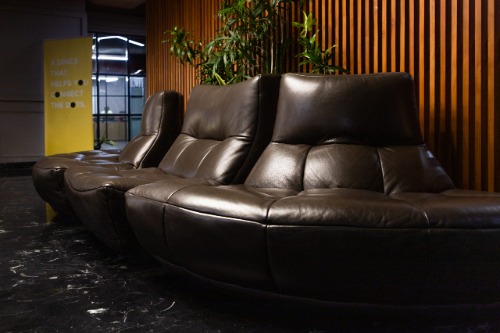
We get it—sectionals are comfy and king-sized beds feel luxurious. But when your furniture is too big for the room, it visually and physically dominates the space. This leaves little breathing room and makes the area feel cramped, no matter how stylish your pieces are. Ideally, you want at least 18 inches of clearance between furniture and walls to maintain flow.
Large furniture also blocks natural pathways, making movement awkward and the room feel more like an obstacle course. It can even cover up architectural features like windows or fireplaces that would otherwise open up the space. Choosing pieces that are scaled to the room—think sleek legs and lower profiles—can make a huge difference. You’ll still get comfort, just without the claustrophobia.
2. Dark Paint Colors Without Balance
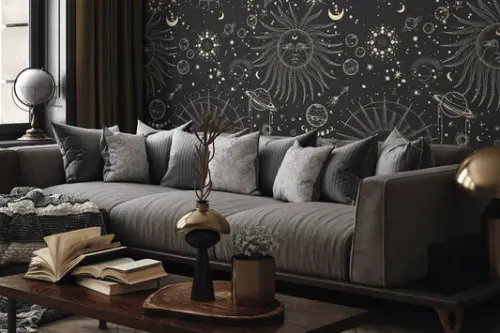
Deep, moody hues can be stunning, but they absorb light and make walls feel like they’re closing in. If you’re not balancing them with lighter elements—like white trim, mirrors, or ample lighting—they can shrink a room fast. This is especially true in spaces with limited natural light, where dark walls can feel more like a cave than a cozy retreat. The key is contrast and brightness.
Even a single accent wall in a dark shade can tip the scale if the rest of the room isn’t pulling its weight. Consider using dark colors on lower walls or furniture while keeping ceilings and upper walls light. This draws the eye upward and creates a sense of height. It’s all about tricking the eye into seeing more space than there actually is.
3. Too Many Small Decor Items
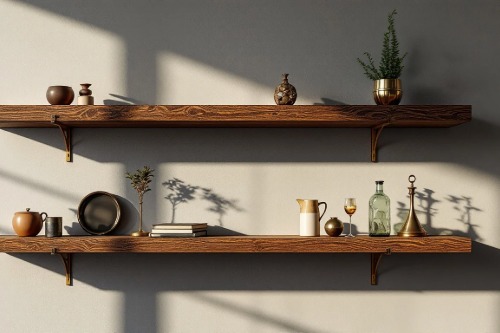
Tiny trinkets and decorative bits might seem harmless, but they add up quickly. When every surface is covered in candles, figurines, or picture frames, the room starts to feel cluttered and visually noisy. This clutter breaks up the visual flow and makes it harder for the eye to rest, which can make the space feel chaotic and smaller. Less really is more here.
Instead of scattering lots of small items, try grouping them into vignettes or opting for fewer, larger statement pieces. This creates a cleaner, more intentional look that feels open and curated. Plus, it’s easier to clean and maintain. Your shelves and tables will thank you.
4. Heavy Window Treatments
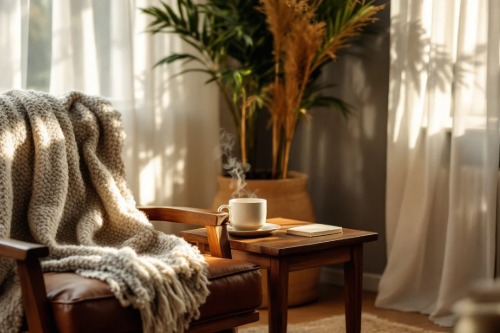
Thick drapes and ornate valances might add drama, but they also block light and crowd your windows. Natural light is one of the easiest ways to make a room feel bigger, and anything that gets in its way is working against you. Even when open, bulky curtains can visually weigh down a space. They also make windows look smaller than they are.
Swapping them out for lighter fabrics like linen or sheer panels can instantly lift the room. Mounting curtain rods closer to the ceiling and extending them beyond the window frame also helps create the illusion of height and width. It’s a simple trick with a big payoff. More light, more space—what’s not to love?
5. Rugs That Are Too Small
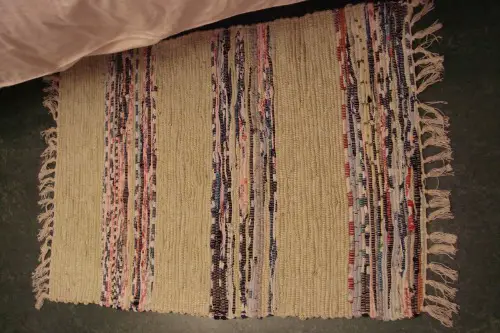
A rug that’s too tiny can make your furniture look like it’s floating in a sea of floor. This breaks up the room and makes it feel disjointed and cramped. Ideally, your rug should be large enough that at least the front legs of your furniture sit on it. That anchors the space and creates a cohesive zone.
When rugs are undersized, they visually chop up the floor and make the room feel smaller than it is. It’s like wearing pants that are too short—they just don’t look right. Go for the biggest rug your room can handle without wall-to-wall coverage. It’ll ground the space and make everything feel more expansive.
6. Too Many Patterns Competing for Attention
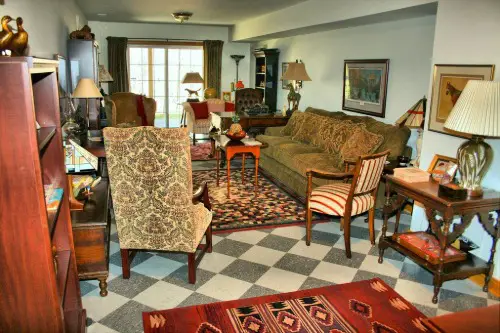
Patterns are fun and expressive, but when you mix too many of them in one room, it can feel overwhelming. Your eye doesn’t know where to land, and that visual busyness can make the space feel tighter. This is especially true in smaller rooms where every inch counts. Think of it like visual clutter.
If you love patterns, try sticking to a consistent color palette and varying the scale. Pair a bold patterned rug with more subtle, tone-on-tone prints on pillows or curtains. This creates depth without chaos. A little restraint goes a long way in keeping a room feeling open.
7. Low or Poor Lighting
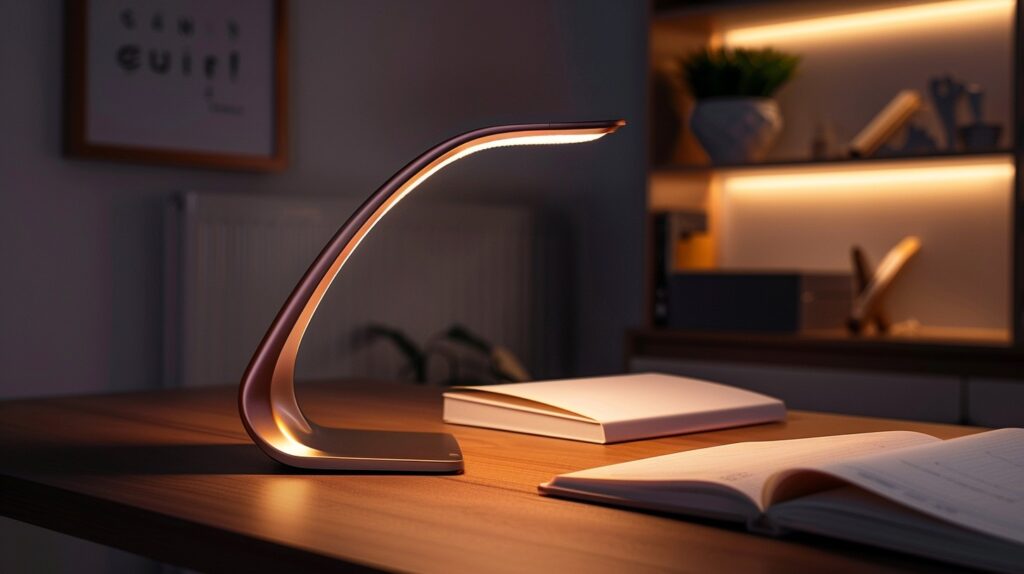
Dim lighting can make even a spacious room feel like a shoebox. When corners are left in shadow, the room’s boundaries seem to close in. Relying on a single overhead light often creates harsh shadows and uneven illumination. That’s a recipe for a space that feels smaller than it is.
Layered lighting is your best friend here—think ambient, task, and accent lighting. Use floor lamps, sconces, and table lamps to brighten dark spots and add dimension. Mirrors can also help bounce light around and open things up. A well-lit room always feels more inviting and spacious.
8. Blocking Sightlines with Tall Furniture
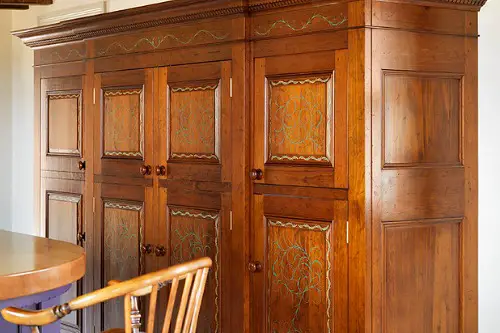
When you place tall bookcases, wardrobes, or screens in the middle of a room or near entryways, you’re cutting off sightlines. This interrupts the natural flow and makes the room feel boxed in. Open sightlines help your brain perceive a space as larger, even if the square footage hasn’t changed. It’s all about visual continuity.
Try keeping taller pieces against walls and using lower-profile furniture in the center of the room. Open shelving or glass-front cabinets can also help maintain a sense of openness. The goal is to let your eyes travel freely across the space. When they can, the room feels bigger—like magic, but with furniture.
This post 8 Things You’re Adding to Rooms That Make Them Feel Smaller was first published on Greenhouse Black.
